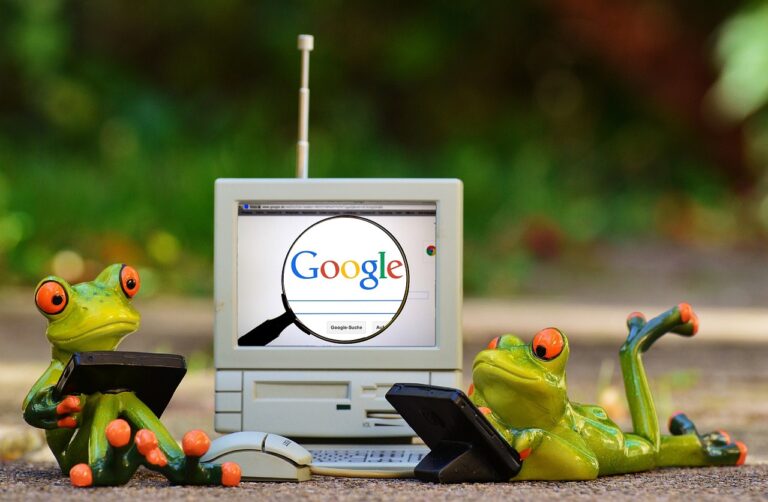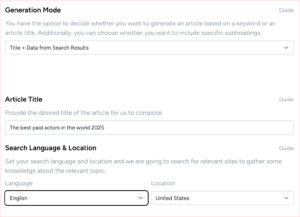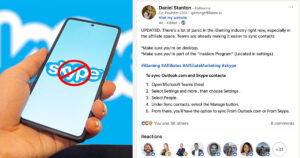It’s no secret that Google has always rewarded websites that provide unique and helpful content to their users. Now more than ever this is super important. We’ve put together a very simple guide on what you and I can both do to make sure our websites reach Google’s expectations so we can further increase our rankings.
Check Your Content
You can figure out if your content is good and trustworthy by asking yourself some questions about it. It’s also a good idea to get opinions from people you trust who are not connected to your website.
You should also look at the changes you’ve noticed; which pages were affected the most, and for what kinds of searches? Examine these carefully to see how they measure up to the questions you can ask yourself below.
12 Questions about the Quality of your Content
- Is the content original, with new information, reporting, research, or analysis?
- Does the content offer a detailed and complete description of the topic?
- Does the content provide insightful analysis or interesting facts that go beyond the obvious?
- If the content uses other sources, does it add significant value instead of just copying them?
- Does the main heading or title accurately summarise the content?
- Is the heading or title not overly sensational or exaggerated?
- Is this a page you’d want to bookmark, share with a friend, or recommend?
- Would you expect to find this content in a printed magazine, encyclopaedia, or book?
- Does this content offer substantial value compared to other search results?
- Are there any spelling or style issues in the content?
- Is the content well-made or does it seem rushed and sloppy?
Provide your users with a great page experience
Google’s main ranking system aims to favour content that offers a positive page experience. To succeed on this, website owners shouldn’t concentrate on just one or two aspects of page experience. Instead, ensure that you’re delivering an outstanding page experience across various aspects of your website.
Prioritise Content for People
People-first content means creating content primarily for people, not just to improve search engine rankings. How can you tell if your content is people-first? If you can answer “yes” to the questions below, you’re likely on the right track with a people-first approach:
- Do you have a specific audience in mind for your business or site who would find your content helpful if they came directly to you?
- Does your content clearly show real expertise and in-depth knowledge, such as experience with a product or service or visiting a place?
- Does your site have a clear main purpose or focus?
- After reading your content, would someone feel they’ve learned more about the topic?
- Would someone who reads your content be satisfied with their experience?
Don’t Make Content Just for Search Engines
We suggest that you focus on creating content for people, not just to boost your search engine rankings in Google Search. In simpler terms, don’t create content just to impress search engines. Create content that’s truly helpful to people.
Learn About E-E-A-T and Quality Rater Guidelines
Google’s computer systems use many factors to decide which content is great and should rank higher. First, they find the relevant content, and then they try to put the most helpful stuff at the top. To figure this out, they look at a bunch of things that can show if the content has experience, expertise, authoritativeness, and trustworthiness. We call this E-E-A-T.
Out of these things, trust is the most important. The others are like pieces that build trust, but not all content has to show every piece. For example, some content can be helpful because it shows experience, while other content can be great because it has expertise.
This topic is very important and you can read more about E-E-A-T and what to add to your Website in order to help the Google Bots giving you a High E-E-A-T Score
What Does This Google System and Its Updates Mean for My Website?
If you create content that’s helpful, you’re in good shape! Google’s system is meant to reward helpful content, so you don’t need to take any action.
However, if you’ve seen a drop in your website’s traffic, especially after a public ranking update, it’s a good idea to check your content. Remove or improve anything that doesn’t seem helpful. You can use our guide on creating content that people find useful and trustworthy to help you with this.
Now, you might be wondering, “How long will it take for my site to get better if I remove unhelpful content?” It might take a few months. Google keeps an eye on websites continuously, even new ones. Once it’s sure that the unhelpful content is gone for good, the negative label will be removed.
Google also makes updates to how the system detects unhelpful content from time to time. When Google makes big changes, they announce them as “helpful content updates” on their Google Search ranking updates page. After these updates are complete and the new system sees that your content has improved, the old negative label might no longer apply to your site.





